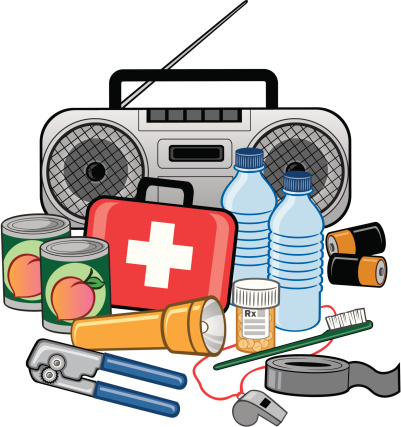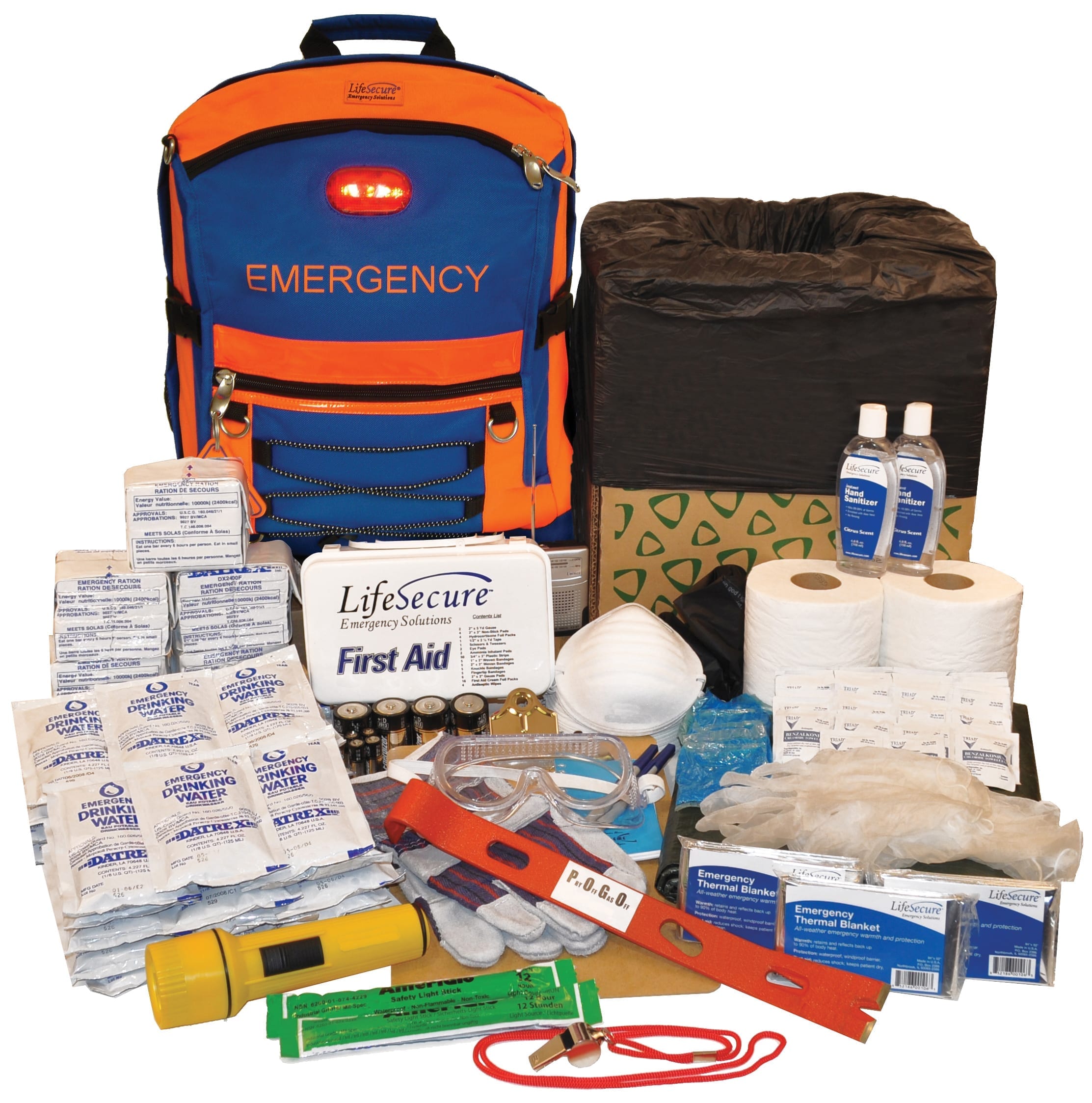Stay Safe with Emergency Preparedness: Professional Tips and Methods
Stay Safe with Emergency Preparedness: Professional Tips and Methods
Blog Article
Important Emergency Readiness Tips for Survival
In today's uncertain globe, being gotten ready for emergencies is not just a recommendation yet a vital necessity. Guaranteeing your safety and security which of your enjoyed ones throughout unforeseen crises requires mindful planning and foresight. From assembling a well-appointed emergency situation package to developing clear communication networks and emptying routes, there are numerous vital steps that can make a significant distinction when faced with adversity. By proactively resolving these essential aspects of emergency situation preparedness, you can dramatically improve your chances of survival in difficult situations.
Building an Emergency Package

Begin by including non-perishable food items like tinned products, granola bars, and dried out fruits that have a lengthy service life and do not require food preparation. Remember to load a manual can opener too. Furthermore, shop a minimum of one gallon of water each daily for a minimum of three days in sturdy containers.
Basic very first aid products are important. Consist of things such as adhesive plasters, disinfectant wipes, painkiller, and any type of needed prescription medications. A flashlight with added batteries, a multi-tool, and a whistle need to additionally remain in your package. Finally, keep copies of crucial records like identification documents, insurance coverage plans, and emergency call information in a water-proof container. By constructing a well-thought-out emergency situation set, you can better prepare yourself for unforeseen occasions and increase your opportunities of staying secure during a situation.
Developing an Interaction Plan
Assembling an emergency package with necessary supplies sets a solid foundation for readiness; currently, turning to the growth of an interaction strategy is crucial for guaranteeing reliable sychronisation and details dissemination throughout times of dilemma. A well-thought-out communication plan is vital for keeping individuals notified, connected, and safe in emergency circumstances. Utilize several interaction methods such as text messages, phone calls, social media, and emergency alert systems to make certain info reaches everyone promptly.

Developing Discharge Courses
To make certain efficient emergency reaction and security steps, developing clear evacuation routes is vital in readiness planning. Evacuation courses ought to be predetermined and connected to all individuals in a provided location to ensure a swift and organized discharge in times of crisis. When developing evacuation routes, it is important to consider several alternatives to account for various scenarios, such as fires, floods, or other emergency situations that may block primary getaway courses.
The chosen discharge courses should result in assigned secure locations where people can look for sanctuary and wait for additional instructions or assistance (try these out). These routes must be conveniently available and well-marked, thinking about the needs of all individuals, consisting of those with disabilities or movement constraints. Regular drills and practice runs along these evacuation paths can help familiarize individuals with the escape courses and make certain a more effective discharge process during actual emergency situations
Along with physical evacuation paths, it is vital directory to have alternative communication methods in position to relay discharge guidelines and updates effectively. By establishing and on a regular basis assessing evacuation routes, communities can enhance their overall emergency preparedness and reaction abilities.
Discovering Basic Emergency Treatment
One basic element of emergency preparedness is acquiring expertise in standard very first aid procedures. In times of situation or calamity, having the ability to offer immediate clinical help can make a considerable difference in conserving lives. Understanding fundamental first help outfits individuals with the skills to analyze and react to clinical emergencies and usual injuries successfully.
Fundamental emergency treatment training usually covers important strategies such as mouth-to-mouth resuscitation, wound treatment, bandaging, splinting, and recognizing indicators of shock or breathing distress. learn the facts here now. Comprehending exactly how to provide these fundamental interventions correctly can stabilize an individual's problem till expert medical help arrives
Moreover, having a basic initial help set easily available is critical in emergency situation scenarios. The package must include vital materials like bandages, antiseptic wipes, gauze pads, glue tape, scissors, gloves, and tweezers. Recognizing exactly how to utilize these items effectively can stop infections, stop hemorrhaging, and supply comfort to those in demand.
Protecting Essential Records

Conclusion
Building an emergency package, creating a communication strategy, developing discharge routes, discovering standard first aid, and protecting crucial records are important actions to take. It is vital to focus on emergency preparedness to guarantee preparedness for any type of prospective situations that might emerge.
From putting together a fully equipped emergency set to developing clear interaction networks and discharge courses, there are several essential steps that can make a considerable difference in the face of misfortune.To make sure reliable emergency situation feedback and safety and security procedures, developing clear discharge routes is critical in readiness planning. When establishing emptying paths, it is necessary to take into consideration several choices to account for different situations, such as fires, floods, or other emergencies that might obstruct main getaway routes.
Regular drills and practice runs along these discharge courses can assist familiarize people with the retreat courses and make sure a much more efficient evacuation procedure throughout actual emergencies.
Constructing an emergency situation set, developing an interaction strategy, establishing evacuation courses, discovering basic initial help, and protecting important records are essential actions to take.
Report this page